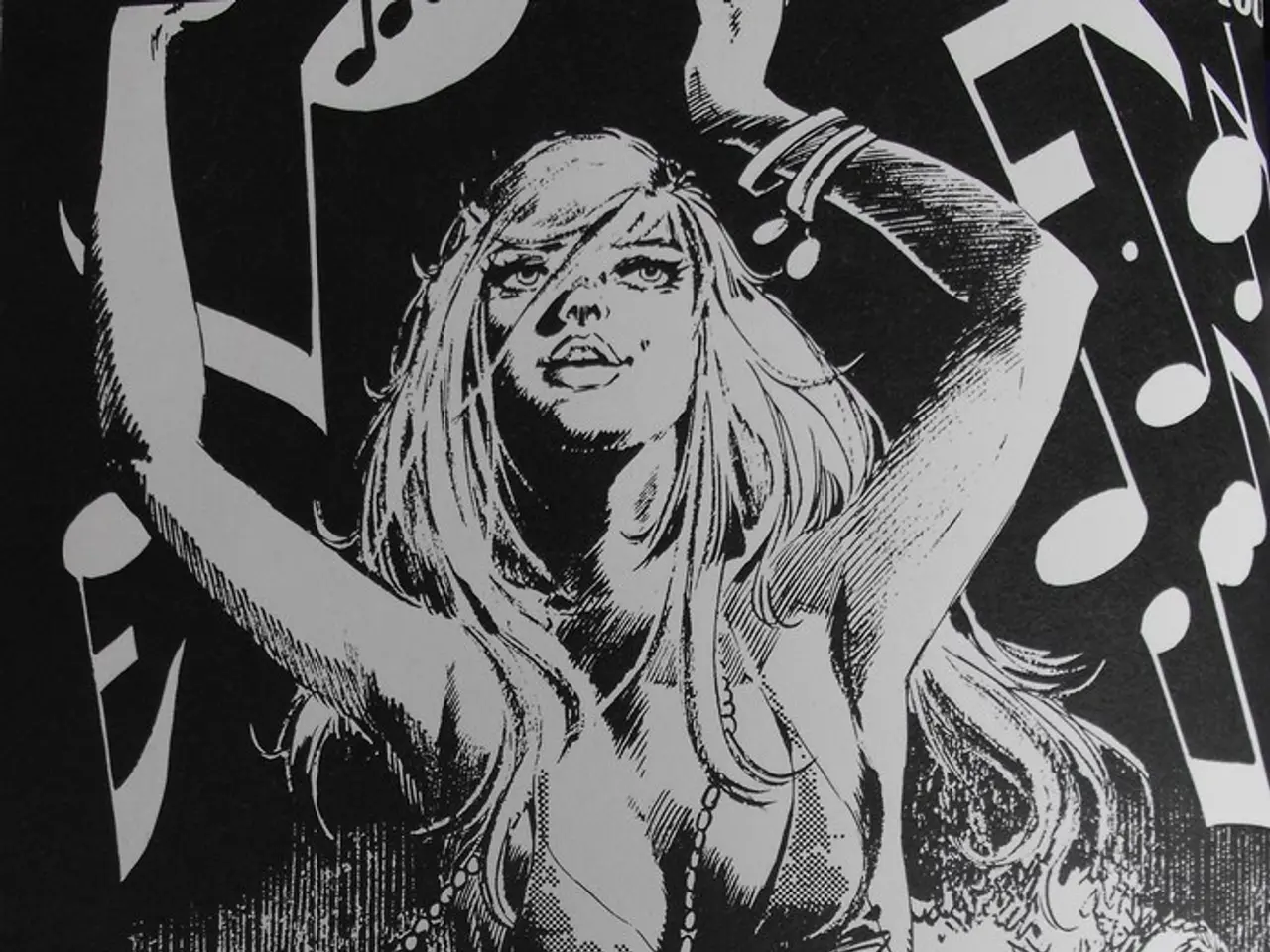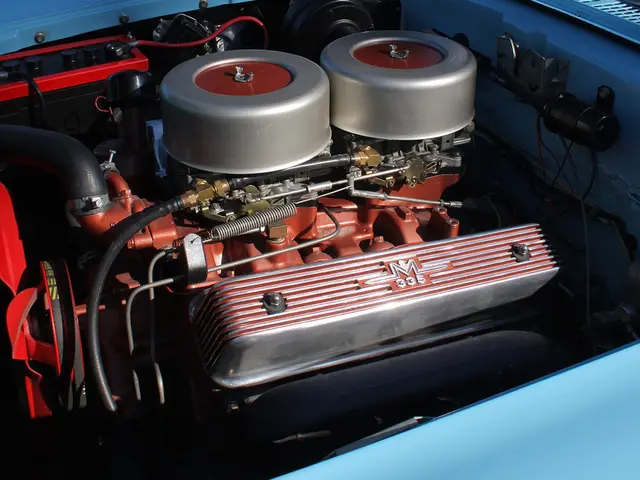Exploring Polyrhythm: Employing this Spiraling Rhythmic Pattern in Your Musical Compositions
=============
In the world of music, polyrhythms stand out as a captivating and intricate way to add complexity and depth to melodies and harmonies. These fascinating rhythmic patterns have been a defining feature of various genres, from jazz to pop, and have roots that can be traced back to African musical traditions.
Polyrhythms are essentially two or more rhythms layered on top of each other, played at the same tempo but with different rhythmic subdivisions. They can make music more sophisticated, adding tension and release, and making melodies and harmonies "pop".
The term "polyrhythm" is often interchangeably used with cross-rhythm or composite rhythm. Polyrhythms fit unequal numbers of beats spaced out equally within the same amount of time or within the same measure. For instance, a two over three polyrhythm can be expressed in either 3/4 time or 2/4 time, with a quarter note snare beat on each of the three beats in the measure, or by playing a quarter note triplet on the woodblock over two quarter notes on the snare in 2/4 time.
Polyrhythms can be heard in various genres today, with jazz music being a notable example. In modern jazz, complex polyrhythms often emerge when two or more contrasting rhythmic patterns are played simultaneously, creating a layered, complex texture.
Polyrhythms are not limited to odd time signatures. They can be written in 4/4 time or any other time signature. For example, four over five polyrhythms don't necessarily have to be expressed with an odd time signature and can be written out in 4/4 time by superimposing a quarter note quintuplet over a quarter note pulse.
The Euclidian rhythm system is a powerful tool to visualize and discover more complex polyrhythms. It uses a circular format with each point representing a pulse and the number of points representing a meter. Euclidian rhythms can be easily explored with a Euclidian sequencer.
Polyrhythms likely originated in African music and have made their way to the Western world. Common examples of polyrhythms in popular music include traditional African drumming, blues and boogie-woogie piano styles, and jazz. In African music, sub-Saharan African drumming such as Ewe drummer groups utilize overlapping percussion rhythms that create polyrhythms and dense rhythmic textures. Senegalese Mbalax combines traditional rhythms with jazz and rock, featuring sabar drums playing interwoven rhythms simultaneously.
In the blues and boogie-woogie genre, early piano music like Meade Lux Lewis’s “Honky Tonk Train Blues” integrates African polyrhythms with steady left-hand blues patterns and more elaborate right-hand rhythmic figures, mimicking sounds like a steam locomotive’s rhythmic pulse.
Joining a specific website provides access to samples, tutorials, and more to get started with polyrhythms in music. This lesson is step 5 out of 11 in the website's Lesson Plan.
Polymeter and polyrhythm are different, with polymeter occurring when two or more rhythmic meters are played against each other creating a phase-in, phase-out effect. However, both concepts add layers of complexity to music, deepening skills as a player or writer of music.
A good way to remember the three over four feel is by the phrase "PASS-the-GOSH-darn-BUT-ter". In a 3/4 four-measure, three-quarter notes are played on each pulse of the measure, superimposed over four dotted eighth notes that mathematically equal out to three quarter notes.
Polyrhythms are a fascinating way of thinking about rhythms and can add groove, complexity, and a sense of movement to music. They often emerge both from African musical traditions and their influence on blues, jazz, and world music. Three over four polyrhythms are often used in pop music breakdowns, such as in the pre-chorus of Pitbull's "Give Me Everything".
In the realm of music production, technology has enabled beat makers to manipulate and layer polyrhythms, infusing complexity and depth into their compositions. For instance, through music distribution platforms, producers can share their unique polyrhythmic arrangements with the world, bridging the gap between various genres such as rap, pop, and jazz.
During the process of music production, producers might use Euclidian rhythm systems or sequencers to create intricate polyrhythms, expanding the boundaries of what was once considered rhythmic norms in traditional music forms. This advancement in technology has redefined the landscape of music, making polyrhythms a crucial element in today's music scene.




